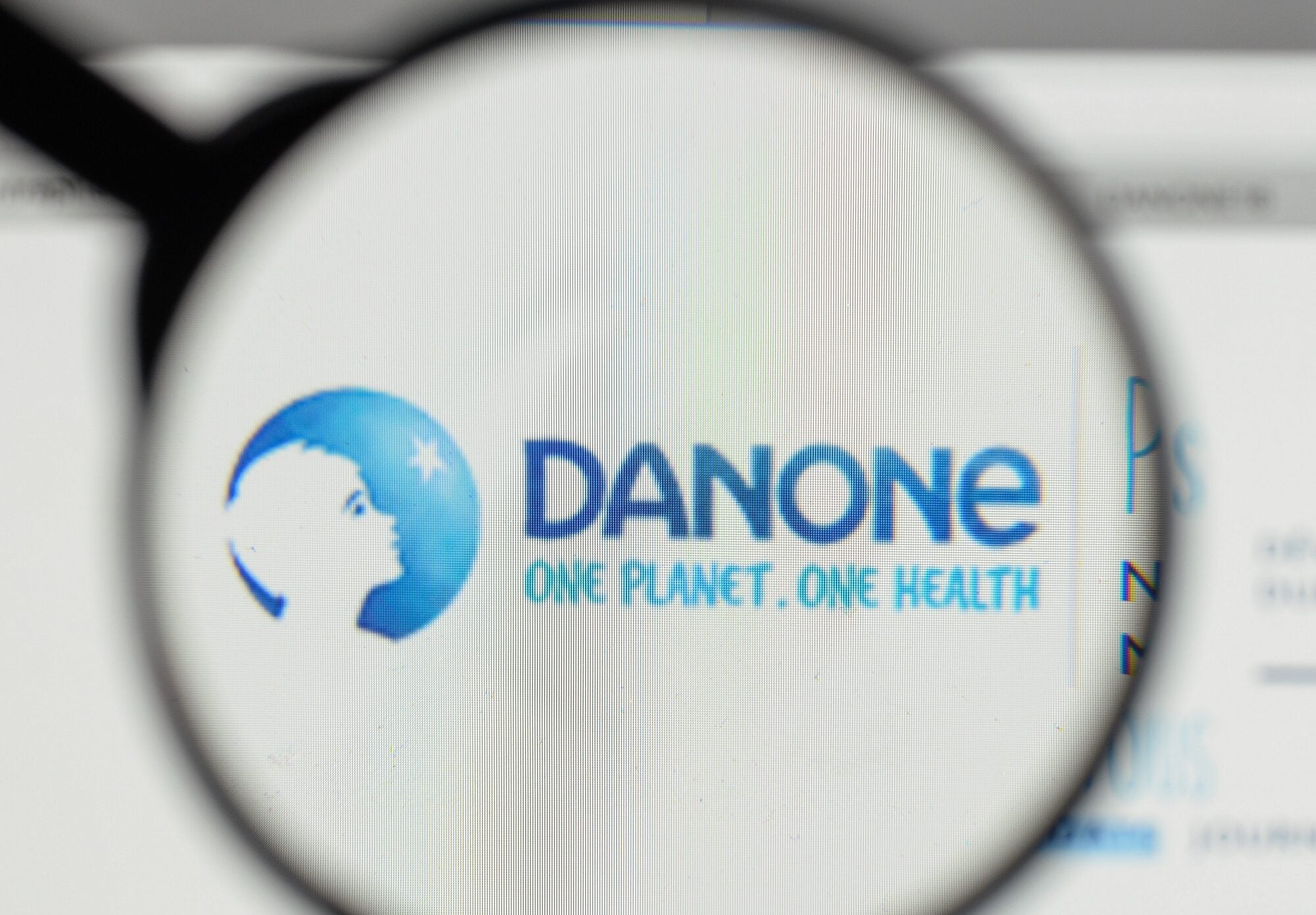
Danone has laid out plans to end production at a manufacturing facility in northern Spain.
The French group said the move would improve “competitiveness and industrial efficiency”.
Talks with representatives of staff at the plant, located in the town of Salas, have started, Danone said in a statement.
The company said the planned closure “is part of a rationalisation process, in view of the need to reduce capacity, concentrating volumes, in order to guarantee the continuity of the brands, and to gain competitiveness and industrial efficiency”.
Danone declined to comment further when approached by Just Food.
The factory manufactures desserts, fresh cheese and cheese flan.
Danone, which was actually founded in Spain, employs 2,000 workers in the country. Spain is one of Danone’s largest markets in Europe when measuring annual sales.
Last year, the company announced a move to make another factory in Spain – in Parets del Vallès, near Barcelona – its first in Europe to make conventional dairy and dairy-alternative products.
In March, Danone held a capital markets day to set out its strategic plans under recently-installed CEO Antoine de Saint-Affrique.
Speaking to investors, newly-appointed COO Vikram Agarwal touched on how the company views its manufacturing network.
Danone, Agarwal, says wanted to make its “operations fit for the future”, which includes “an efficient, yet flexible, manufacturing footprint”.
He added: “I take this in two parts. The first part is what I call the four-wall efficiency: doing better within the four walls of our factory and stretching our assets to the maximum, improving our operating efficiencies, improving our factory yields. And, secondly, looking at how our footprint is placed and whether that is still in tune with the growth mix that we have between our categories: for example, plant-based, certainly investing in more capacities behind it.”



